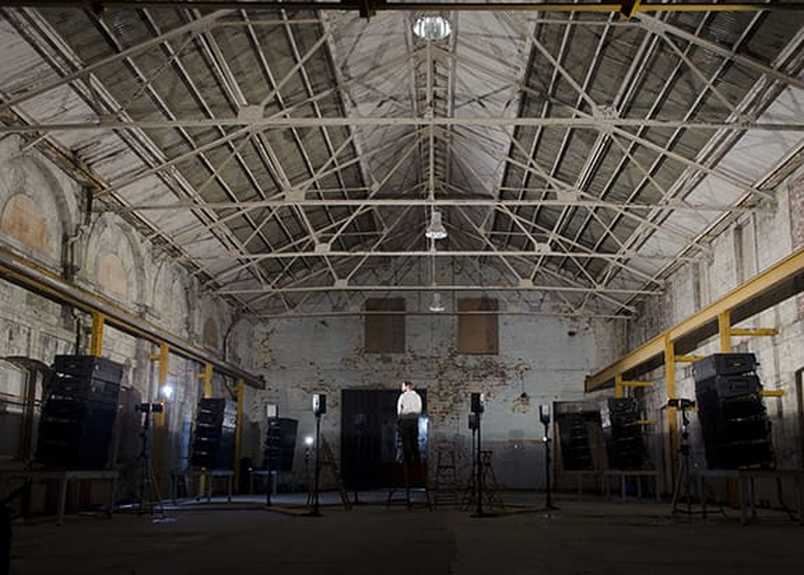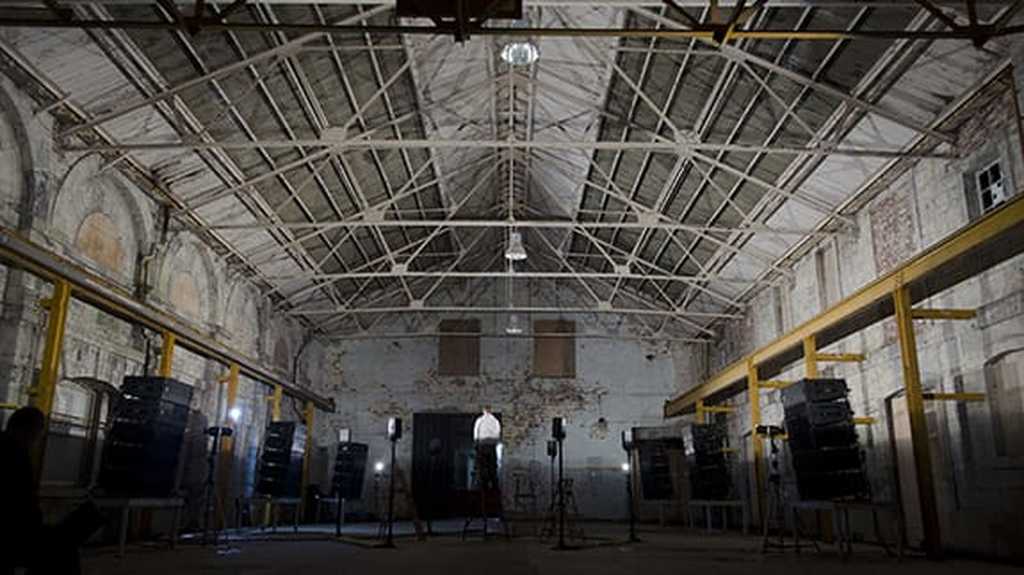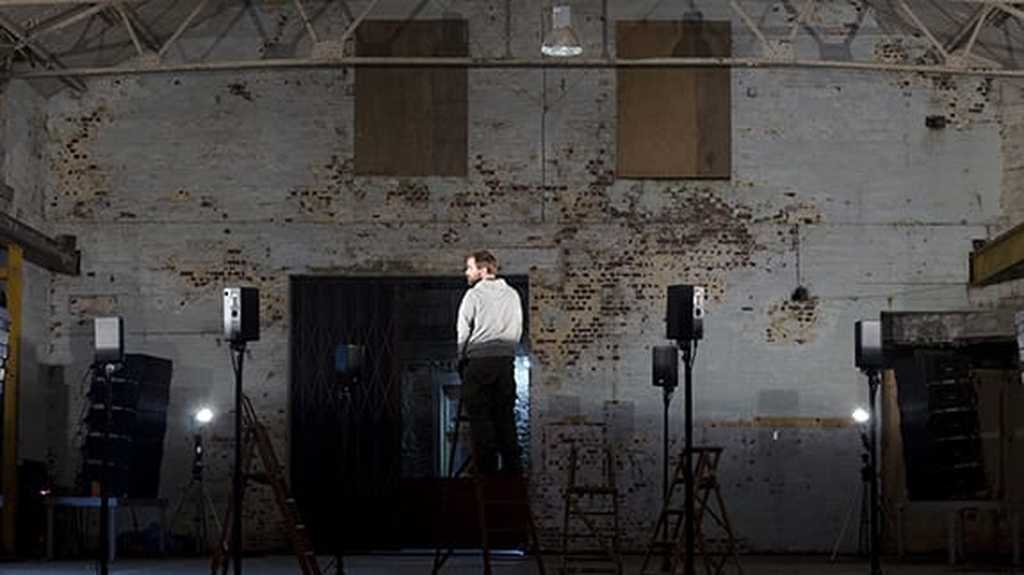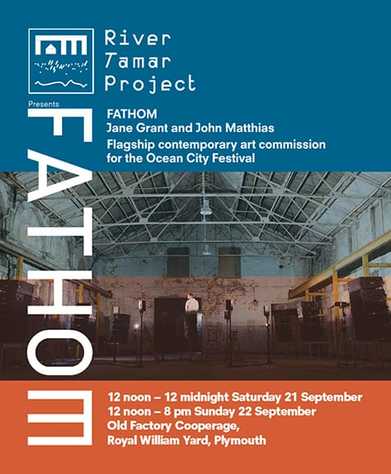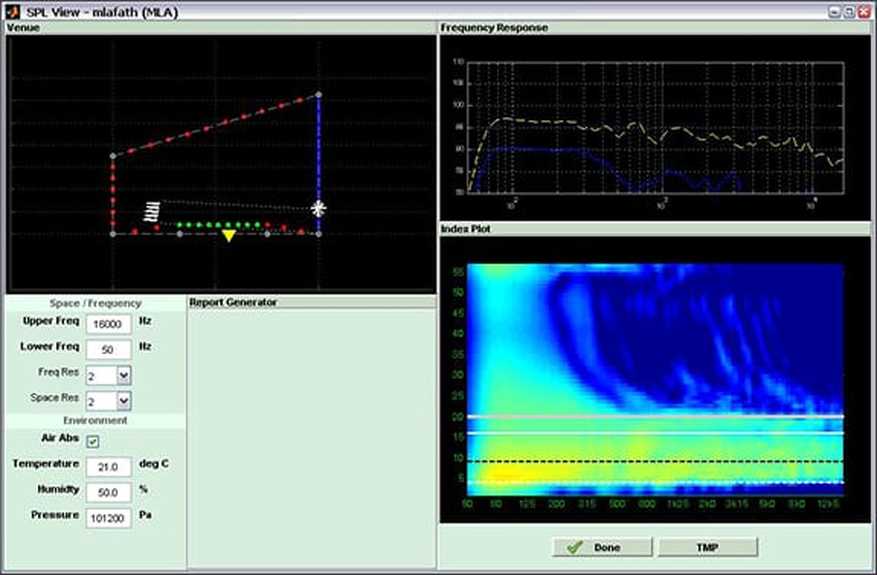IN DEEP – FATHOM – BY SIMON HONYWILL
A truly unique sonic event.
Every once in a while in a long career something comes along that sustains your faith in what you do for a living, that reignites all of the sparks which fired you up in the first place, pushed you on when it might well have been time to think about changing direction, chucking it all in and becoming a postman, opening a poodle parlour or joining a religious cult.
I've been lucky enough to have a few of these jobs in my time although I struggle to remember – a trip to Tajikistan in the 90's comes to mind, and more recently TED Global in Edinburgh and the Coronation Festival, but of all the challenges I have had, my funny old home town of Plymouth has just come up with the most intriguing, demanding and wholly satisfying piece of work I can remember.
The city rests between two estuaries, the Plym and the Tamar, and despite the fact that the Plym gave up its name to the city, it is the seemingly bottomless Tamar that is the major waterway, dividing Devon from Cornwall and providing a home for the Navy in Devonport, and specifically nuclear submarines which I believe can submerge in the estuary and leave the harbour unseen. It was a vital link for the once thriving metal and mineral mining industry, and a trade route into north Devon and Cornwall. It is now, whilst still a busy waterway, a common thread for a wide group of artists of many kinds, and it is art that unexpectedly brought the Tamar and Martin Audio's MLA system together.
John Matthias is Associate Professor in Sonic Arts, School of Art and Media at Plymouth University, and a musician of repute. We have just recorded an album together, a thing of sonic beauty by the name of Geisterfahrer. Jane Grant is an artist who works with moving image, sound, installation, drawing and writing. Her work often draws on scientific ideas, both contemporary and historical. She works across disciplines in the arts and sciences often collaborating with scientists, designers and composers. Together they were commissioned to create a major work for the River Tamar Project, a year-long series of arts events in, on, around and about the River Tamar and designed to bring awareness of its history, current role and future significance to those living on and around it.
They came up with Fathom, a site-specific work of sonic art designed to connect people with the river using sound to create an immersive, underwater sound-environment in the grade 1 listed Old Factory Cooperage in Royal William Yard, Plymouth. Using hydrophones – every sound engineer should have some of these, they are fantastic things – a series of recordings were made out on the river. These included events that many people would be familiar with, such as the transit of the Torpoint chain-drive ferry which makes a very distinct noise from above, but how many get to hear it from below? Other sonic events were less familiar – a survey ship making weird hammering sounds, a massive Royal Fleet Auxilliary ship being maneouvred onto a mooring by tugs, and the general soundscape of the waters of the Tamar and Plymouth Sound; a very lively place below the waves it turned out to be, and in very unexpected ways. The recordings were to be complemented with live input from a pair of hydrophones delivering a constant picture of the underwater activity throughout an entire weekend.
The key element of Fathom that John and Jane wanted to convey however was the divide between water and air, and Jane's concept was to create a boundary at 1 fathom from the floor (6'6' for you land lubbers) where visitors to the piece could climb steps and emerge from the sonic water into the very different atmosphere above. It was up to me to find a way of achieving this convincingly. Now it just so happens that Martin Audio have developed a system designed to accurately place sound where it is required, and keep it away from where it is not – step forward MLA. It had to be the only choice, the only way I could even start to generate the kind of sharp cut-off that this unique project demanded, the only system I am aware of that can be programmed to make deep holes in its coverage. The underwater experience would consist of 8 stacks of 5 MLA in a space 30m x 15m, and the air experience would be a ring of six DD6 on tall stands in the centre of the space, where listeners would climb up steps into a stereo soundscape generated by a pair of DPA 2011 mics rigged over the water where the live hydrophones were placed.
To be honest, I wasn't sure how well it was going to work. I was asking the system to cover no more than about 7m, tail off rapidly and create a hole in the coverage at 6'6' from the floor. It was really pushing the envelope, and audio quality was not necessarily high priority but the software said it was possible. I must have tried about 10 different configurations in Display 2 before settling on the final one that got rigged – I only had one chance to get it right too, as budget constraints meant that I had crew for four hours and that was it. There was no way I could re-rig 40 MLA on my own!
Above is a screen shot of the final optimisation that greeted the listening public. It demonstrates the incredible ability of MLA to really put sound where you want it – the index plot shows around 8db of reduction between around 60Hz – 250Hz and from there up it all but disappears right at the height of around 1 fathom! With some heavy lifting equipment, a little acoustic treatment and more time, I believe that this could have been improved on, but whether that was necessary was debatable, as demonstrated by the looks on people's faces as they climbed the steps into the air – big smiles and nods of understanding all round! People really got it, and the numbers throughout the weekend of opening ended up around the 2000 mark.
Visitors were captivated by the sonic content, some spending the best part of an hour fascinated by the snapping of shrimps and barnacles and the growling of cod (no, really, they do growl like grumpy old men), and a particular highlight would be a passing vessel being heard below the water and above at the same time, followed by the sound of its wash hitting the shore near the live hydrophones. But beyond that unique experience, many wanted to know about the technology, awed by the spectacle of 40 MLA in a grade 1 listed warehouse. They were leaning up against the arrays, stroking them and just staring at the stacks, having almost certainly never been that close to a speaker system of that scale. I must have spoken to at least four marine engineers, intrigued to know about how the system achieved the amount of control, and the conversations about how Multi-cellular Array™ technology worked and the parities with submarine listening methods was fascinating.
Fathom was the first time I had ever designed a loudspeaker system intending to abuse rather than use its capabilities. I could not have achieved the desired effect that Jane Grant and John Matthias wanted, and from their own admissions they could never had envisaged it being as effective, had MLA and Multi-cellular Array™ technology not been available. It is one of the most satisfying challenges I have been privileged to be involved in recently, not only for how well it worked and the reaction it invoked, but for how it stimulated cross-discipline discussions – I never imagined I would be discussing my work and the similarities between loudspeaker array building and listening to whales and submarines.
Martin Audio made this extraordinary work possible. Their sponsorship of the event was critical in turning an idea into a sensory experience, a concept into reality. Had I chosen to use a different approach with different products, I don't think anything like the same effect would have been achieved. By using MLA the feeling of weight and density that Jane Grant wanted to convey was there the moment you walked into the space, at the same time all the fine detail of minute creatures and water movement was there too, captivating in its unfamiliarity. I hope that we can take Fathom to new audiences in other parts of the world, in fact anywhere there is a close connection to the sea (and a three phase supply!). Fathom can work as art, education, advertising, aquatic evangelism, anything that can be imagined where the oceans are central to people's lives. In days where the news of what is going on out there is rarely positive, surely that's important.
Simon Honywill is Front of House Engineer for Jose Carreras, Katherine Jenkins and Chris Rea, and is a long term user and advocate of Martin Audio's MLA.
Photos courtesy of Nic Black.
Pyramid AV were suppliers of lights and staging.
